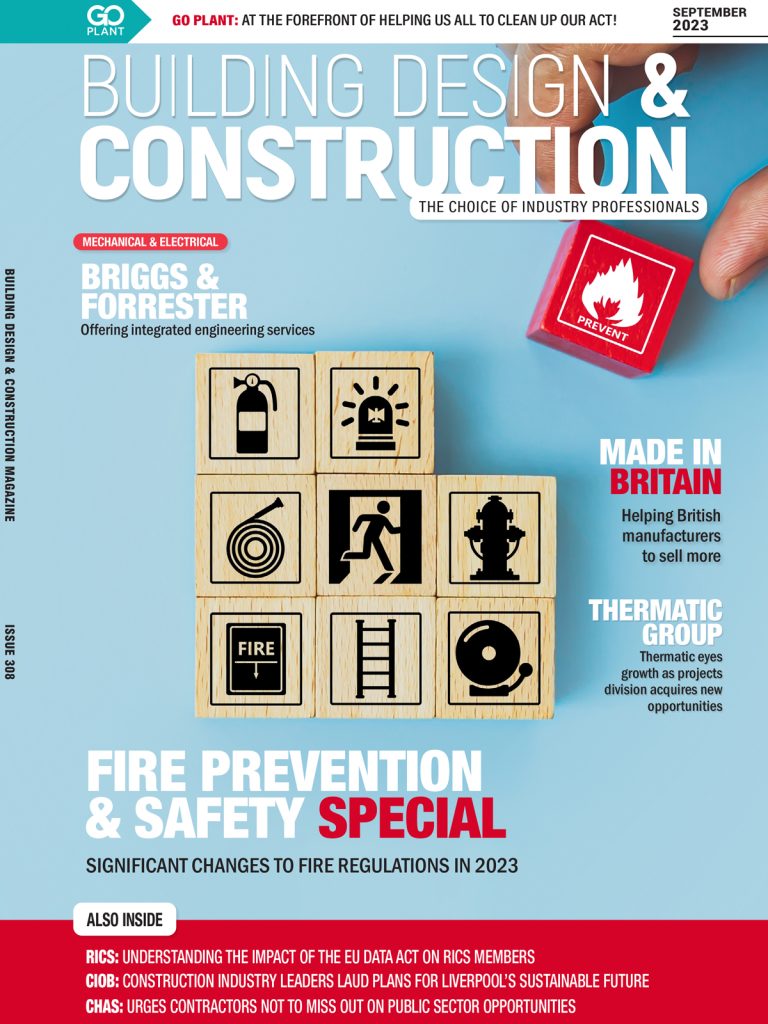Climate change is driving extreme weather events across the globe. However, Australia faces unique challenges due to its diverse landscapes and the fact that it’s surrounded by several seas and oceans. In 2022, all but one Australian territory was affected by natural disasters. Here, bushfires and heatwaves are annual events, although flooding is also on the rise.
Now that extreme heat and flooding events are the rule rather than the exception, more Australians than ever are pushing for improved standards in resilient building design.
The Damage That Flooding Causes
In southeastern Australia, long-lasting periods of heavy rainfall have been known to cause rivers to burst their banks. In coastal areas, tropical cyclones and high tides can lead to devastating seawater surges.
Sadly, flooding planning controls aren’t heavily enforced across Australia. In fact, only 3% of Australian homes are categorised as being in high-risk flood areas. This means that the vast majority of residential properties in the country aren’t subject to building controls. Nonetheless, recent weather events have proven that flooding poses a significant risk to millions of Australian homeowners. Structural damage is the worst-case scenario, but even low levels of floodwater can cause devastating damage to properties.
When retrofitting a property with flood-resistant materials isn’t possible, flood response services are the only option for at-risk homeowners. Fortunately, there are specialised companies that offer solutions. In the immediate aftermath of a flood, water extraction is often the first port of call. Even if flood damage looks superficial, it’s important to seek out water damage restoration services as quickly as possible. In severe cases, thermal imaging and structural drying may be required.
A flooded property also has implications for human health. Saturated carpets and building materials can quickly lead to mould growth, while overflows from sewage systems can introduce harmful bacteria into your home.
How Architecture Can Mitigate Flood Risk
Fortunately, there’s plenty that can be done to floodproof properties against rising waters. One of the most effective solutions for reducing risk is to elevate a structure above the flood level. However, this is rarely an option for pre-existing structures. When building in an area that’s at high risk of flooding, material choices need to be carefully considered. At an absolute minimum, flood-resistant materials should be able to withstand immersion for 72 hours. As well as being durable, resilient materials need to be able withstand high levels of humidity. Good examples of flood-resistant materials include glazed brick, concrete and ceramic tile.
Even if foundation walls and key structural elements remain intact, the clean-up operation after a flooding event can be time-consuming and expensive. The good news is that there are many ways homeowners can flood-proof their home. Circuity can be protected by installing wall sockets and integrated appliances at a high level. Meanwhile, swapping out porous materials for marine-grade plywood will bolster the flood-resistant properties of your interiors.
Even with commitments to net zero policies and a move to a greener economy, there’s no avoiding the fact that climate change is here to stay. Over the last 10 years, Australia has experienced more than 160,000 flooding events. What’s more, the previous decade was the hottest on record. Although global action is required to keep rising temperatures in check, architectural design at least offers some solutions for protecting Australia’s housing stock and infrastructure.







